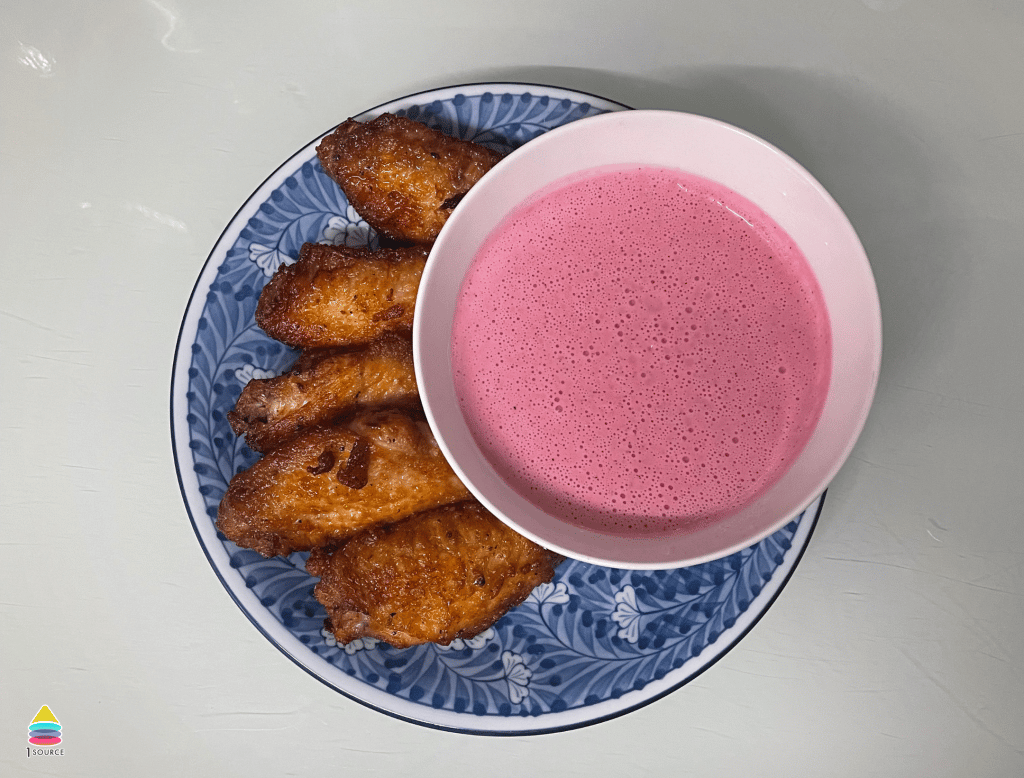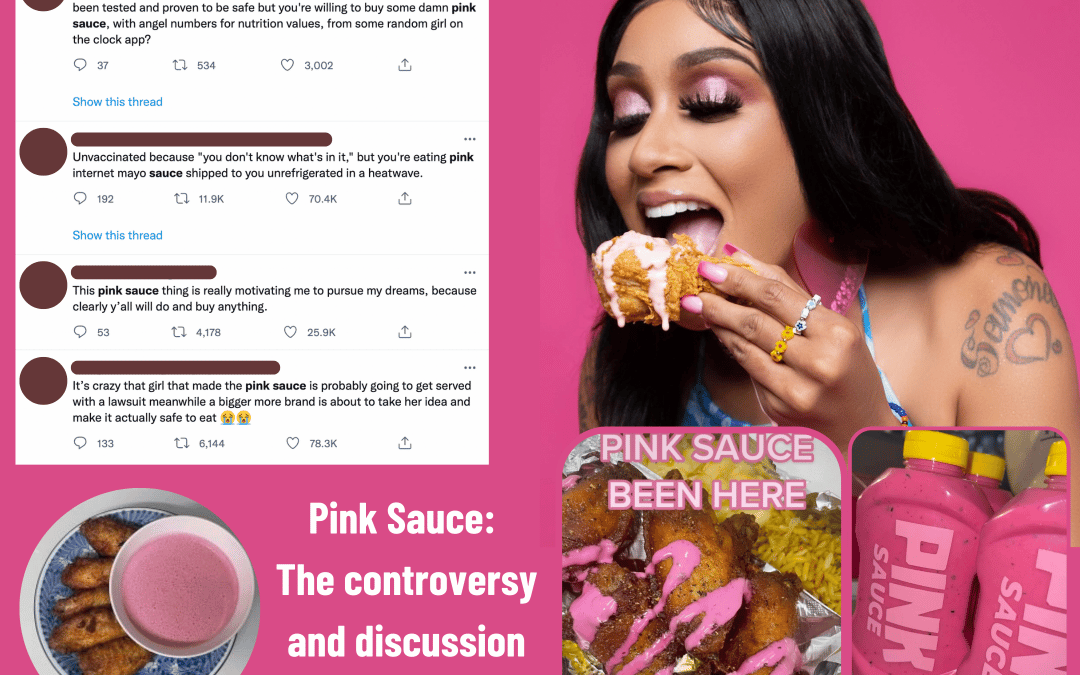Over the past weeks, a dipping sauce became viral across the internet due to its pink Pepto Bismol color and backlash. The Private chef from Miami, Chef Pii, created the sauce ‘to thrill your tastebuds,’ but what went wrong?
The TikTok that put the sauce on blast
The video covers several eyebrow-raising points, product output inconsistencies, flawed ingredient labels, poor shipping methods e.t.c
Let’s Look at the Ingredient Label
First error: “444 servings per container” The math does not make sense since each serving equals 14.4 grams, it would make the bottle weigh more than 5000 grams. Chef Pii addressed the error and said, “the grams got mixed up with the serving size.”
Second error: Misspelling of vinegar — distilled vinger
We also observed that the condiment contains no preservatives, is this a big problem? Usually not for small home food businesses but in this case, yes — because Chef Pii ships her sauces to customers.
The Pink Sauce comprises water, sunflower seed oil, raw honey, distilled vinegar, garlic, pitaya (dragon fruit), pink Himalayan sea salt, dried spices, lemon juice, milk, and citric acid.
If you’re wondering how the sauce is a vibrant pink with no color, it’s all possible due to the pitaya. Looking at the recipe, I would credit Chef Pii for popularising something we can make at home. Dragon fruit, in general, is bland with a hint of sweetness, so if you want something vibrant and go with meat, the fruit would be a perfect ingredient.
The errors do not just end at the label. It has been speculated that the label may be dishonest. In a video posted by the chef, she shows a behind-the-scenes look at her preparing the sauce. In addition to the blender with garlic and oil mixture, there is a tub of white mixture, which appears to maybe mayonnaise or yogurt. Even if it is neither, Why is this a problem? Aside from being dishonest, the ingredient label not listing particular ingredients poses harm to people with allergies or specific diets. Additionally, we have to ask, does this mean that there are other ingredients not being listed?
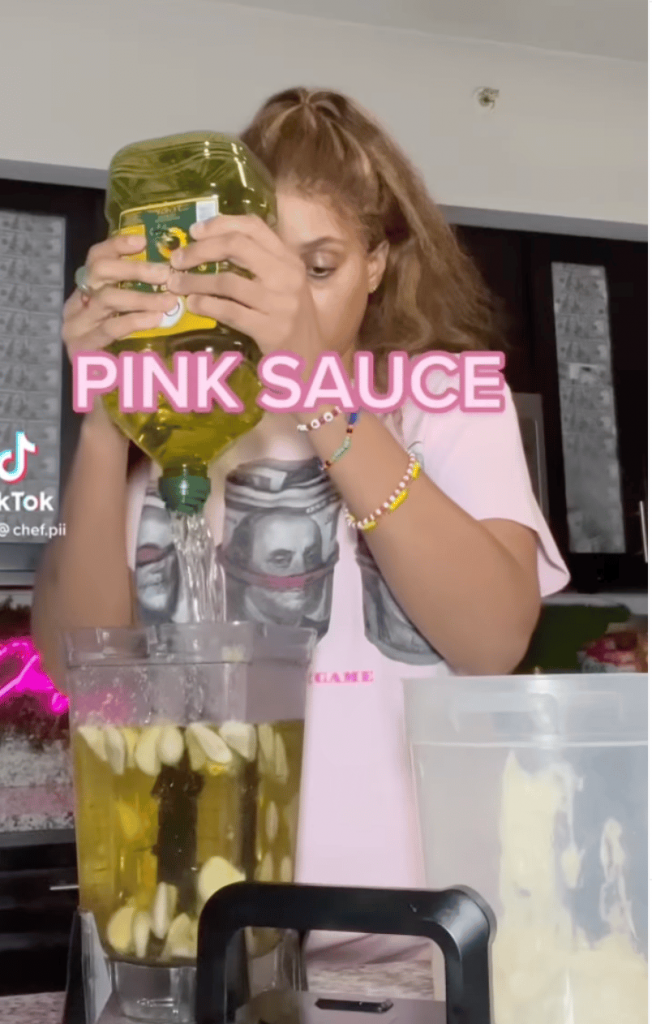
Addressing the Backlash
“This is a small business that is just moving really really fast”
The sauce is not the concern, shipping the sauce to customers via postal service is the health concern. There are no preservatives to keep the sauce from spoiling and growing bacteria. At the same time, it travels through heat, initially wrapped in postal bags. Based on the chef’s Instagram, the pink sauce is now being delivered in boxes. However, no guarantee can be made regarding the quality of packaging or refrigeration.
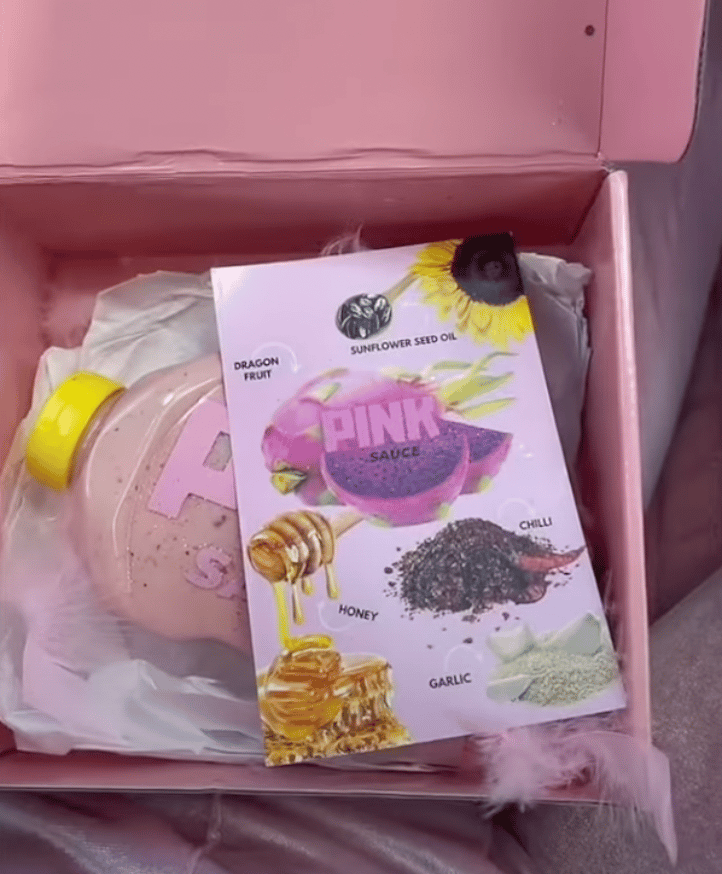
How is this different from other natural sauces you see in supermarkets? Well, they most likely don’t have any ingredients that will spoil, like milk. For example, Heinz 100% Natural Yellow Mustard is made up of flavor, vinegar, mustard seed, salt, spices, turmeric, and water.
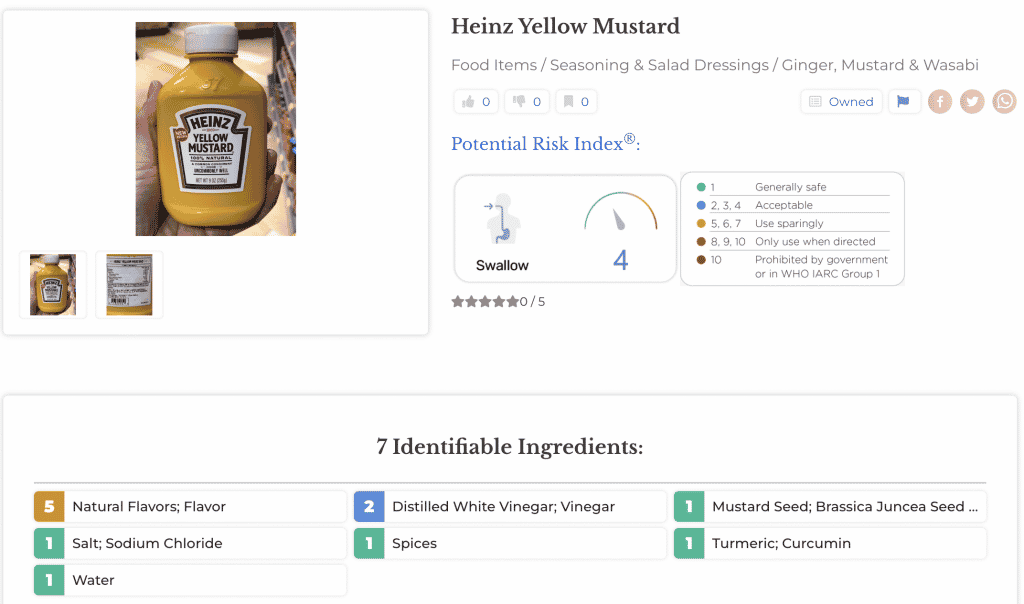
As for most homemade food businesses, personal delivery is the most common method. The chefs bring the food in a cooler, fresh in-box, or sell it in a local farmer’s market. To further support this, Chef Pii’s video, where she gives the sauce to the local people in public to try, is evidence that starting small is the way to go.
“We are following FDA standards. However, we are currently in Lab Testing”
This would indicate that before its national launch, the Pink Sauce had not been FDA-approved for safety. In a video that is now private, the chef claims that the pink sauce is made in a commercial facility approved by the FDA. Although some aren’t convinced, she shows the facility in a video where people claim it looks like a garage.
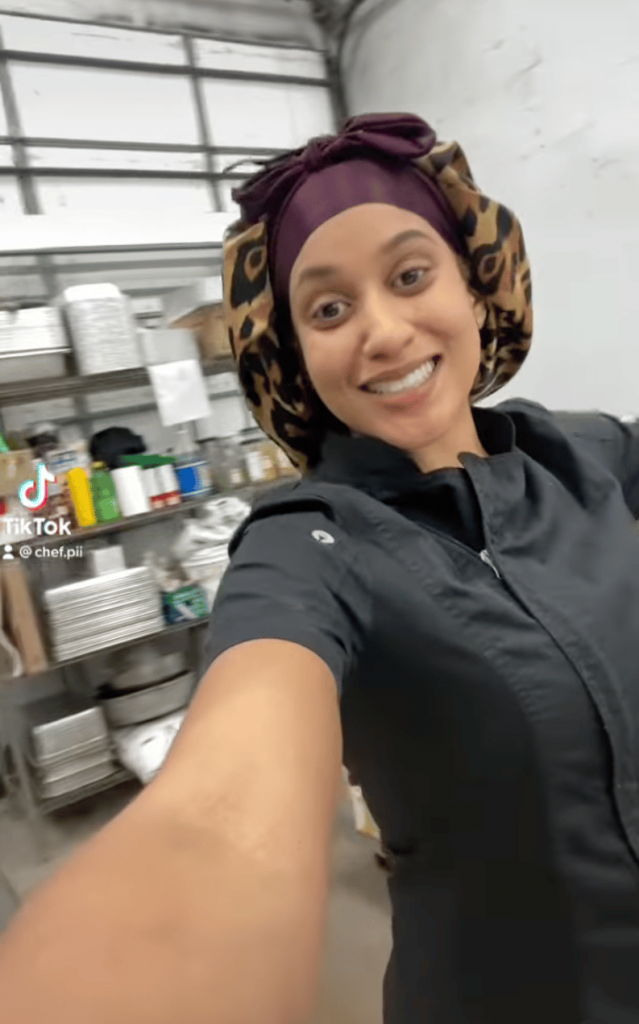
In one of Chef Pii’s responses: “What do you mean FDA approved? I don’t sell medical products. The pink sauce is not a medical product. The pink sauce don’t contribute to your health. I never said that, did I?” Which sparked the “F in FDA” trend on Twitter, where users add onto the 3 words to make a sentence in a humor/sarcastic manner.
The FDA states: Facilities that manufacture, process, pack, or hold food that is intended for human or animal consumption in the United States must register with FDA before beginning these activities.
But here’s what the FDA has to say about Home-Based Business: Under federal regulations at Title 21, Code of Federal Regulations (CFR), section 1.227 (21 CFR 1.227), a private residence is not a “facility” and, thus, is not required to be registered with FDA.
So does the Pink Sauce need FDA “approval”? Nope. The FDA only inspects when a safety issue arises; no “approval” stamp is required before food products go on the market. On the FDA website: The agency regulates all foods and food ingredients introduced into or offered for sale in interstate commerce, except for meat, poultry, certain processed egg products, and catfish, which are regulated by the U.S. Department of Agriculture.”
“I am a Victim of Clout”
As the Pink Sauce trends all over the internet, the line between reality and humor becomes blurry. With memes of pictures of people in the hospital claiming to be affected by the pink sauce, it is hard to know if people got sick from the sauce. One, in particular, faked his own death, apologizing later and claiming it to be a “social experiment.”
One day, Chef Pii live streamed with the FDA at her door. She recorded the conversation with the investigator, assured them her operation was up to standard, and let them know that she had addressed issues like the packaging. She directs the audience, “thank yall, yall got me help from the FDA. I love the hate because God blesses his children who have pure hearts.”
On the other hand, there seems to be a lack of accountability. Saying “I’m human and I make mistakes,” though true, is still careless, especially since these customers trust the chef to manufacture this food item.
Saying “I’m a victim of clout” may be interpreted as a wrong judgment of the situation. Consumers should have the right to question products’ quality, especially when some experts warn that the sauce may cause severe illness and food poisoning as bad as botulism.
Supports of Chef Pii also came to make their presence known, especially under her Instagram page, to defend and motivate her. Generalizing most of the comments, some believe the FDA approval arguments are lacking. Most agree that Chef Pii’s criticisms are far from constructive but merely bandwagon hate, which is unfair to small business owners.
Personal Pink Sauce review
I can’t end this article just yet. I have to give this recipe a try. And so I did. As ingredients start from most used to least used, I had to assume most of the measurements and swap some ingredients I could use at the house.
In a blender
- I added 300 ml water and 300ml avocado oil.
- I eyeballed the honey and vinegar
- Added one whole garlic.
- Half of a dragon fruit
- Two tablespoons of pink salt
- A dash of milk and lemon juice.
- For spices, I used what I have, dried chili, pepper, and garam masala.
- No citric acid here.
So, it wouldn’t be a perfect match to Chef Pii’s Pink Sauce, but it was pink!
I also added mayo to see if it would make any difference. Looking at the shade of pink, the one with mayo seems closest.

I served it with original fried chicken from Chicken Wings Mountain. My verdict is that the sauce tastes good and pairs well with the chicken! Most people said it tasted like ranch, but since I’ve never had ranch, I’ll say it tasted like spiced garlic mayo.
